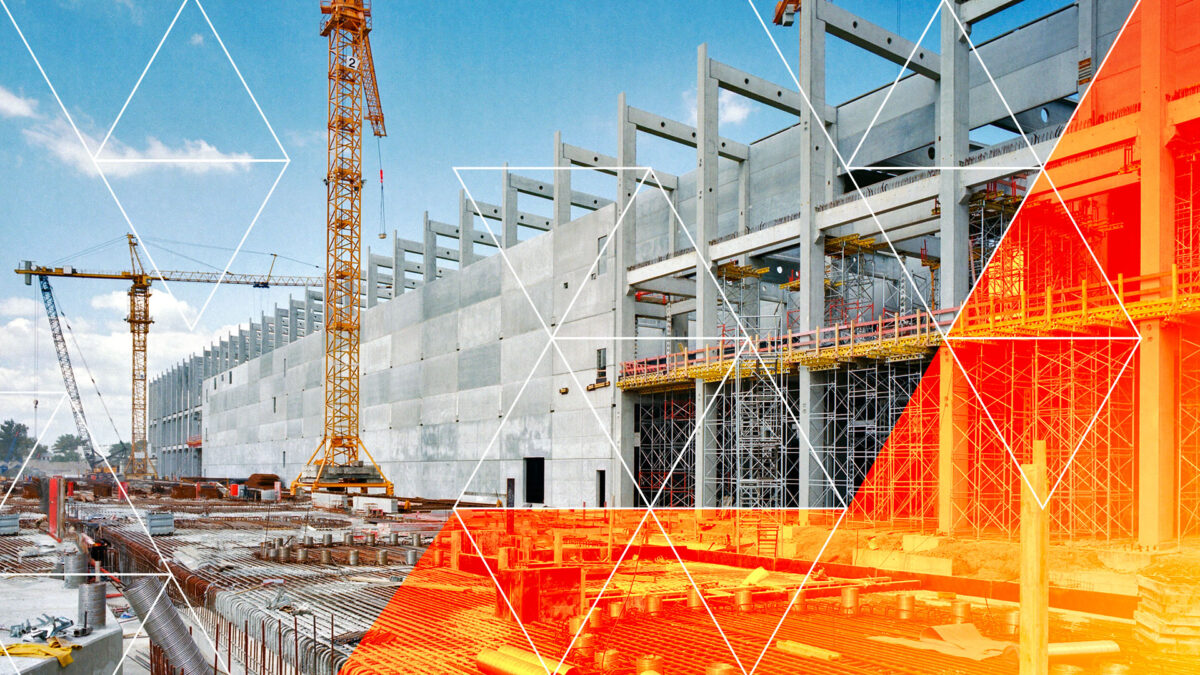Ottawa, Ontario
Changes are needed to Canada’s immigration system to ensure the construction sector can respond to growth, and deliver on key public-policy priorities such as building new housing and greening infrastructure.
A new report by BuildForce Canada, developed with input from an industry Steering Committee consisting of representatives from Canada’s Building Trades Unions, the Canadian Construction Association, the Canadian Home Builders’ Association, Merit Canada, and the Mechanical Contractors Association of Canada, examines the current state of immigration policies at the national level and across Canada’s provinces and territories. It recommends the adoption of a series of consensus principles by governments to ensure the construction sector can better access skilled workers from abroad in an effort to address projected shortages of skilled labour created by rising construction demands and changing demographics.
“Construction activity is projected to grow across the country over the next decade, driven by more than $450 billion worth of non-residential projects that are taking place across the country and renewed growth in the residential sector in the middle and later years of the 2020s,” says Bill Ferreira, Executive Director of BuildForce Canada. “Our labour market information models, which do not take into account additional labour demands created by the impetus to build millions of new housing units or to meet Canada’s net-zero targets, suggest that the industry could face a recruiting gap of more than 85,000 workers by 2033. Closing this gap will require the industry to hire from a variety of sources, including from among the hundreds of thousands of new permanent and non-permanent residents that are projected to be admitted to Canada in the coming years. The difficulty is, the system does not currently support this objective.”
The report is clear in its findings: Canada’s immigration system favours university-educated applicants. Absent change, this may create challenges for the construction sector, which depends on recruiting large numbers of individuals with trade certificates or other competencies that are currently overlooked in the immigration process. Particularly in demand are technical trades and transportation officers and controllers (NOC Category 7), which collectively account for more than three-quarters of the total construction labour force, and who have struggled to obtain entry under Canada’s existing Express Entry system.
To better support industries like construction that are strongly dependent on skilled trades workers, the BuildForce report recommends four guiding reform principles be adopted.
- Address educational bias in the Express Entry selection system
The system currently and disproportionately favours applicants with high education levels. In so doing, it effectively excludes others who possess the valuable skills or the willingness to work in construction that Canada requires. The system should be reformed to better reflect domestic labour force priorities, and award additional selection points based on those needs. Doing so would increase the likelihood that skilled and unskilled trade workers would be invited to apply for immigration under industry-specific, Provincial Nominee Program, and general Express Entry intakes.
- Better align federal and provincial immigration policies, and increase transparency
Immigration is a shared responsibility among the federal, provincial, and territorial governments. Given that the provinces and territories now comprise more than half of the total immigration selections annually, greater coordination is required among these programs and with the federal system to ensure that goals are transparent and aligned, and to enable industry to coordinate domestic training and recruitment programs with the projected inflow of permanent residents.
- Ensure industry involvement in labour market planning, analysis and recruitment
The federal government should consult more broadly with Canadian industries, including the construction sector, when establishing national immigration targets. Doing so will ensure selection policies and priorities better align with domestic labour market requirements.
- Support competencies-based skills assessments for foreign credential recognition
Although credential recognition is within the purview of the provinces and territories, the federal government can and should play a role in ensuring the provinces and territories adopt competencies-based skills assessments of foreign credentials. Doing so can help ensure individuals with foreign credentials are matched to job opportunities that align with their skills.
“While the construction industry will always prioritize the recruitment of domestic workers, the changing career preferences of Canadian youth and rising retirement levels have made it more challenging for the industry to keep pace with accelerating construction demands,” says Sean Strickland, Chair of BuildForce Canada. “Aligning immigration priorities more closely with the current and future needs of Canadian industries is therefore imperative.”
Implementing these reforms will enable Canada to build a more adaptable and responsive immigration framework that effectively addresses the acute skilled labour shortages faced by industries like construction, and which contribute to the continued growth and prosperity of Canada’s economy and society.
About BuildForce Canada
BuildForce Canada is a national industry-led organization that represents all sectors of Canada’s construction industry. Its mandate is to support the labour market development needs of the construction and maintenance industry. As part of these activities, BuildForce works with key industry stakeholders, including contractors, proponents of construction, labour providers, governments, and training providers to identify both demand and supply trends that will impact labour force capacity in the sector, and supports the career searches of job seekers wanting to work in the industry. BuildForce also leads programs and initiatives that support workforce upskilling, workforce productivity improvements, improvements to training modalities, human resource tools to support the adoption of industry best practices, as well as other value-added initiatives focused on supporting the industry’s labour force development needs. Visit buildforce.ca
For further information, contact Bill Ferreira, Executive Director, BuildForce Canada, at ferreira@buildforce.ca or 613-569-5552 ext. 2220.

Construction Key Indicators
